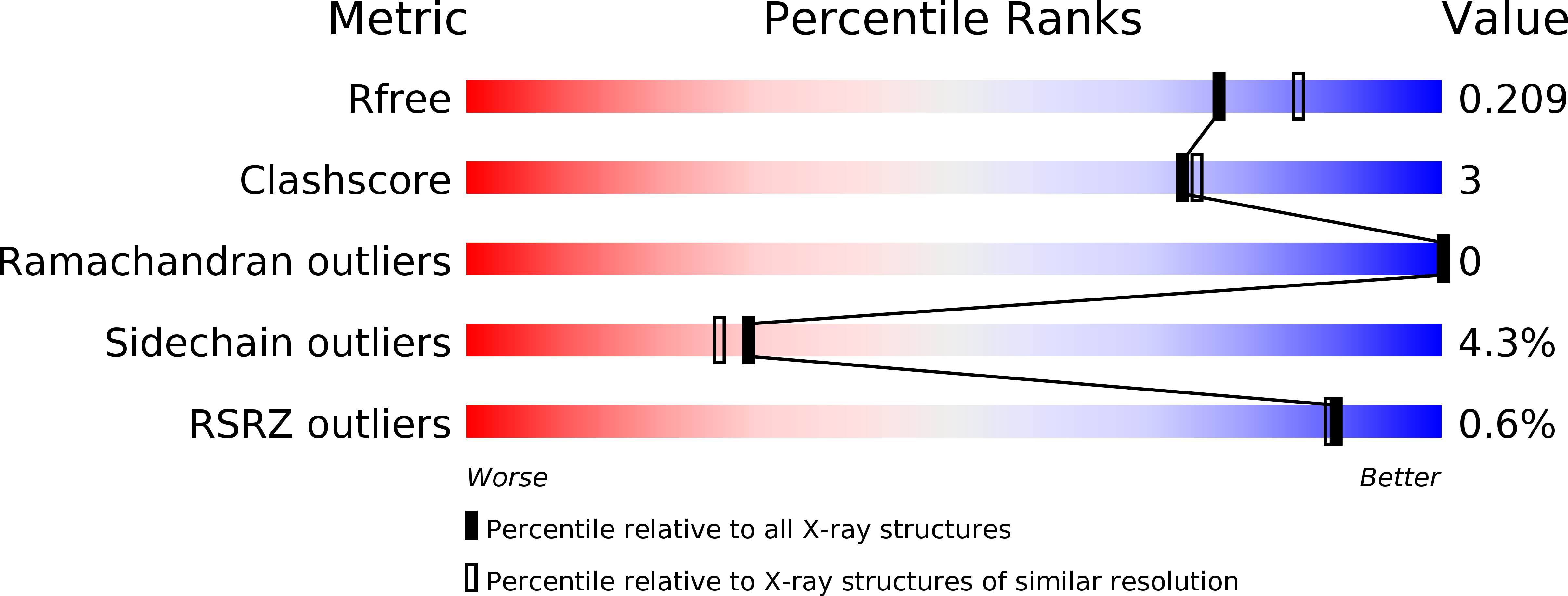
Deposition Date
2011-05-17
Release Date
2011-08-03
Last Version Date
2024-03-13
Entry Detail
PDB ID:
3AYU
Keywords:
Title:
Crystal structure of MMP-2 active site mutant in complex with APP-drived decapeptide inhibitor
Biological Source:
Source Organism:
Homo sapiens (Taxon ID: 9606)
Host Organism:
Method Details:
Experimental Method:
Resolution:
2.00 Å
R-Value Free:
0.20
R-Value Work:
0.16
R-Value Observed:
0.16
Space Group:
P 21 21 21


